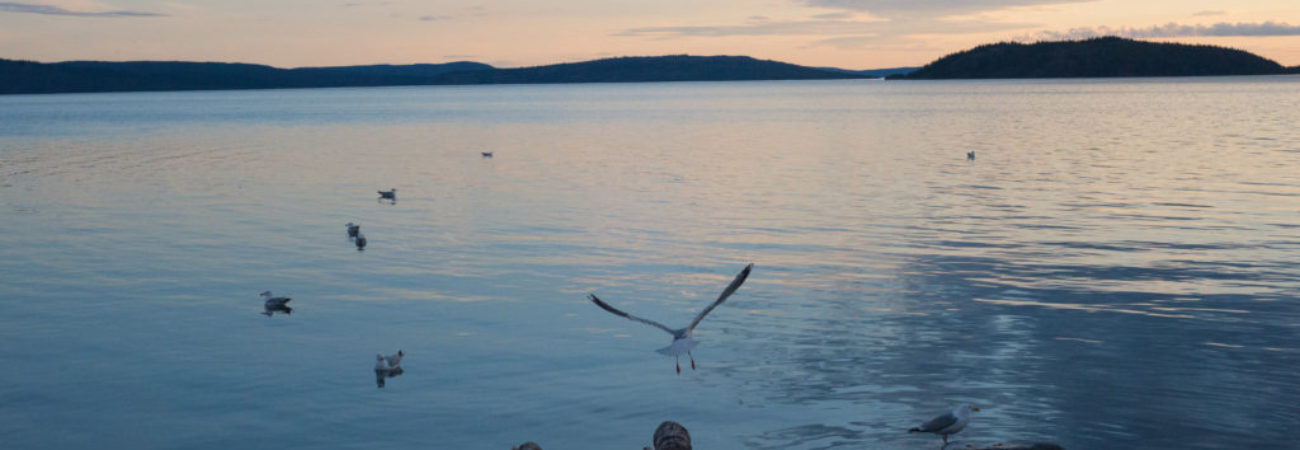Climate Change
Canada’s north is a bellwether for the impacts of climate change. With the average temperatures in the NWT rising up to four times faster than the global average, climate change is having significant impacts on northern flora, fauna and people. In many ways this reality paints an uncertain future, but there is much hope that can be found in the abundant lands and waters that connect the regions of the territory. In the NWT we have an opportunity to pursue ecosystem based strategies (Nature Based Solutions) that can help us tackle some of the biggest impacts of climate change such as biodiversity loss and food insecurity. One nature based solution is to protect and conserve large areas of the territory to ensure that the land is kept “intact” or undisturbed from the activities of industrial scale development.
Climate Change and Protected Areas
Protected areas can be designed to protect ecosystems, biodiversity and store carbon. They increase resilience to major climate change-related events, are a safe refugia for species to live and adapt and are a “breadbasket” for communities who rely on the fish, water and wildlife that they provide. Protected areas can also be used as an ecological benchmark against which we can assess the impacts of climate change on the broader landscape. When protected and conserved areas are connected and managed as a part of a conservation compatible resource management network we allow for a better chance that nature can be resilient to change and can continue to provide for our future.

![CPAWS NWT Logo [Transparent Background] CPAWS NWT](https://cpawsnwt.org/wp-content/uploads/2018/09/CPAWS-NWT-Logo-Transparent-Background.png)